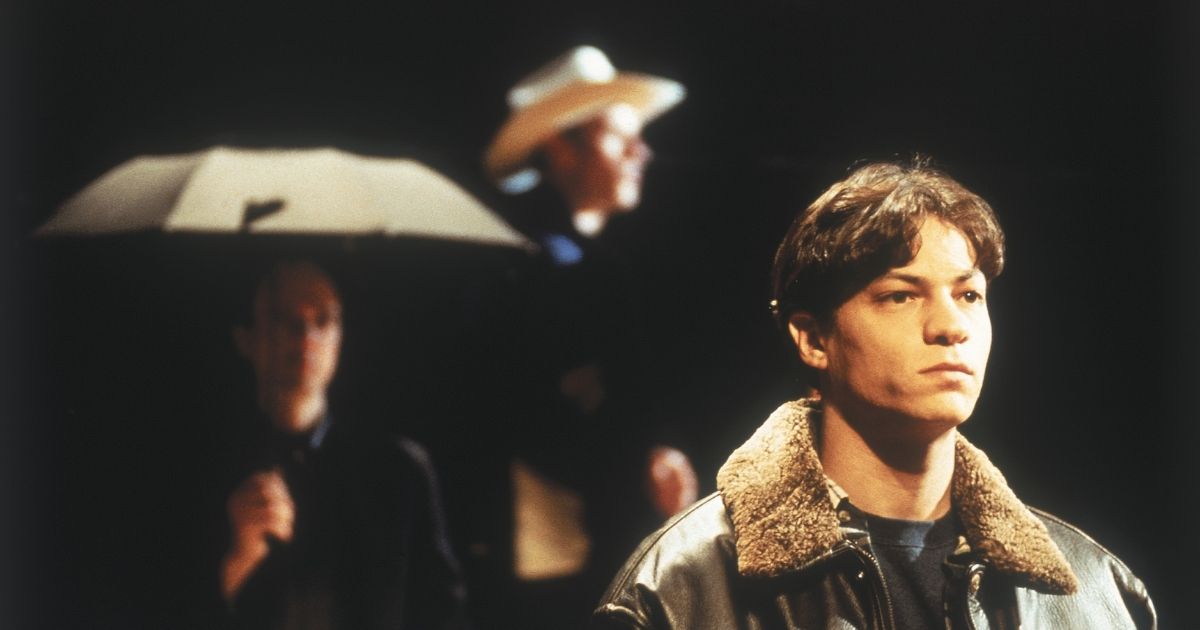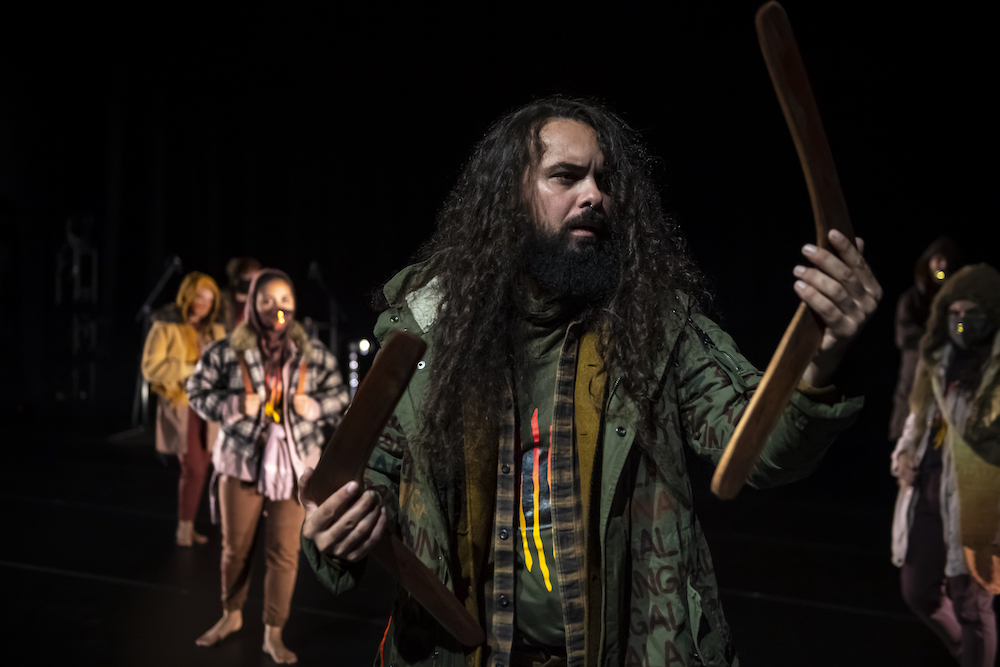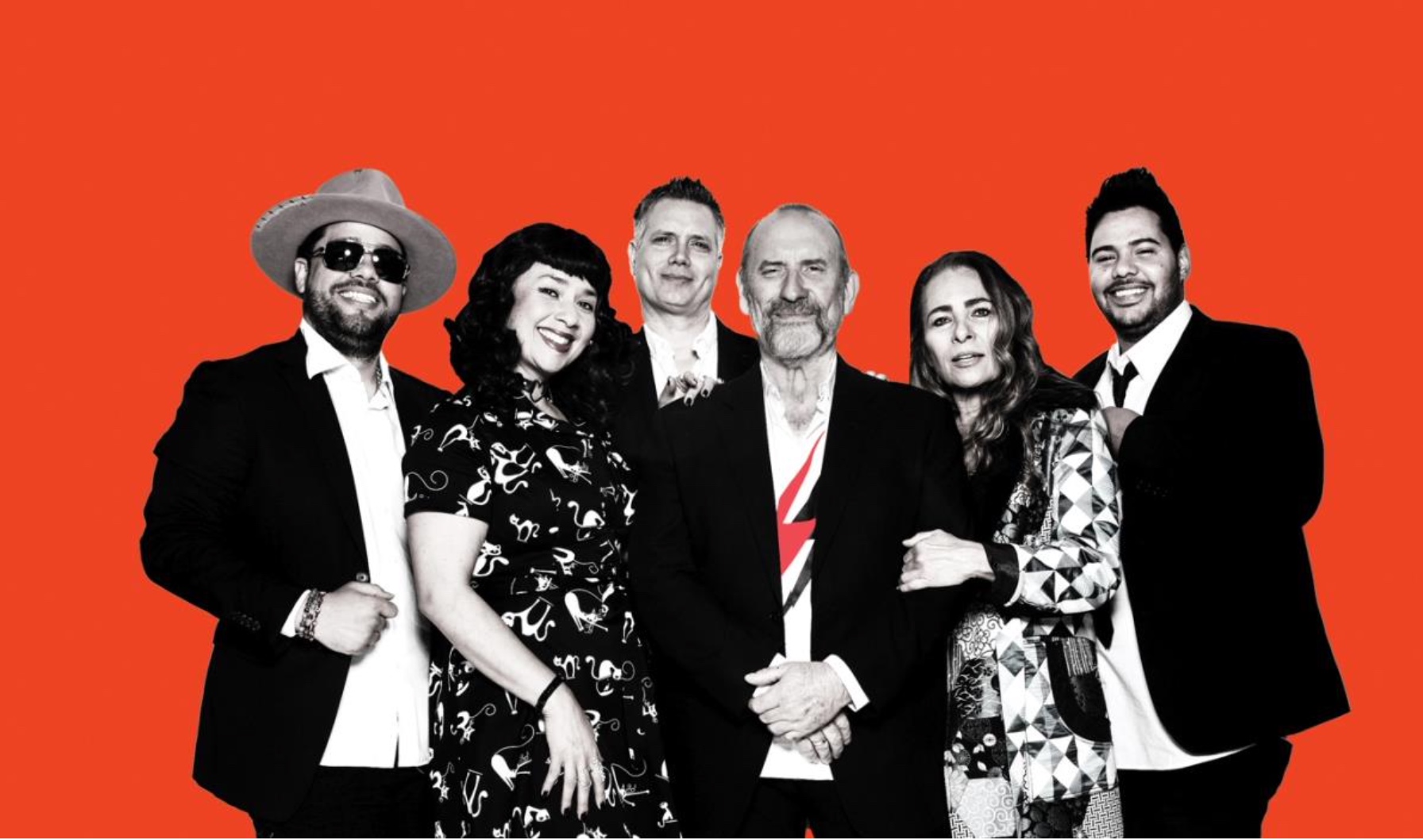
Art prize pairings highlight emerging talent

For many iconic artists of our time, mentoring has played a significant role in the development of their practice. The annual Redlands Konica Minolta Art Prize, now in its 18th year, follows in the footsteps of this tradition by pairing the great, established artists of today with the talented, emerging artists of tomorrow.
The unique prize model seeks to foster mentoring relationships between different generations of visual artists. Every year the exhibition’s curator carefully selects up to 20 established artists to be a part of the exhibition, who, in turn, invite an emerging contemporary artist of their choosing to exhibit alongside them. Each artist is to select one new work, resulting in an impressive and diverse collection of up to 40 artworks.
From its humble beginnings in the Redlands Gym in 1996, the prize has continued to gain enthusiasm and support from the art world. It now holds a month-long exhibition at the National Art School.
This year’s curator is one of Australia’s most renowned painters, and a previous Redlands prize-winner. Tim Johnson brings an incredible amount of expertise and creativity to the exhibition.
Local Sydney sculptor, Alex Seton 37, was one of the established artists Johnson selected. Seton, who has received accolades both nationally and internationally for his marble sculptures, challenges the optical perception of everyday objects. From life jackets to beanbags and everything in between, Seton toys with the theme of optical illusion by replicating these objects in an incredibly fascinating way.
Many might be unknowingly familiar with Seton’s works which were featured a number of times in Bondi’s popular annual exhibition, Sculpture By The Sea.
For the Redlands Prize, Seton will present Paradise Lost: Paradise Gained, an intriguing sculpture of a deflated palm tree meticulously carved from bianco carrara and Katoomba green marble. His piece explores the binary of the palm tree representing both a utopian oasis in the west, and the crossing between this life and the next in the east. Both being aspirational, he raises the moral and ethical question “To what do I aspire?”
Seton, who graduated from Sydney’s College of Fine Arts in 1998, feels incredibly honoured to have been selected by Johnson. However, he is even furthermore appreciative to have been given the opportunity to invite an up-and-coming contemporary artist to be included in the exhibition alongside him.
“The prize model gives young artists a chance to gain the attention they deserve and to have the spotlight shone on them,” says Seton.
“It is a chance and opportunity to engage with emerging, talented artists and a chance to establish a lineage of ideas.”
Seton invited fellow Sydney artist Tully Arnot, 29, to join him as he truly believes in the work Arnot is producing.
“I chose Tully because his work is exceptional. It’s very thoughtful and subtle. He has astute and discrete observations of materials that create beautiful results.”
Like Seton, Arnot graduated from Sydney’s College of Fine Arts and has a fascination with everyday objects and materials.
“I think art is an exciting thing where you can work with different technologies and different mediums,” Arnot explains.
Hibernating from the extreme cold in Berlin while abroad, Arnot spent a lot of time indoors and begun experimenting with electronics.
“I use Arduino programming. I find problem solving really stimulating. How to make a circuit work – I find that really rewarding.”
Arnot’s work challenges viewers to rethink the way in which they perceive and interact with everyday objects. His Redlands entry, Bottle Song, explores the feeling of both nostalgia and absence. His ambitious piece consists of 65 empty soft drink bottles of various sizes. Each bottle has a 12-volt fan fixed to the mouth of it, which is activated by a microcontroller. As air blows over the top of the bottle it creates a tone. Each tone is defined by the size of the bottle and together they create an orchestra of sound.
A firm believer in mentoring, Arnot says that the unique prize model is a great way to establish lasting relationships in the art world.
“Through this process I’ve gotten to know Alex really well, so I think it’s a really good way to connect established artists with younger artists.”
Both Arnot and Seton encourage aspiring artists to make contact and engage with other artists.
“Finding mentors or people that you admire and asking about their secrets, or simply their thoughts on things, could be the best way to find guidance in the art world, which I think is relevant in any industry,” Seton explains.
Since initially connecting through the Redlands Prize, Seton has invited Arnot to be a part of his curated sculpture exhibition in June, held at the Anne Murphy Gallery in Brisbane. (EC)
Apr 11-May 15, NAS Gallery, National Art School, Forbes St, Darlinghurst, free, nas.edu.au/experience/NASGallery
BY ELISE CULLEN









